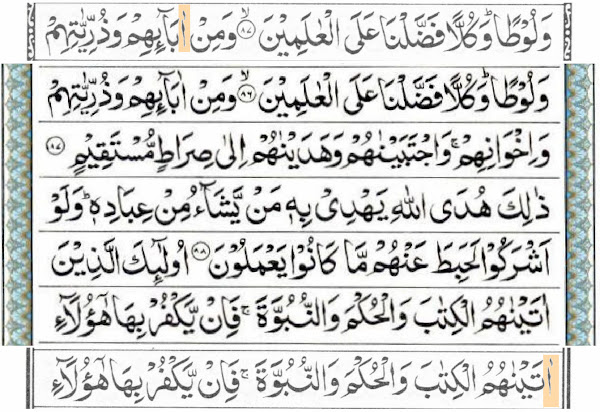Sunday, 21 July 2024
long-fatha alif OR alif long-fatha [ʾā] OR [āʾ]
In manuscripts and lithographs the turned fatha [ā] sometimes sits instead on or after lām (لـ) or hamza (ا) before lām or hamza.
If it is due to lack of place and occurs seldom, it is not a problem.
But in some modern computer set prints
long fathas are always after lām and always before hamza.
Why?
I assumed that the IT experts first type the long fatha, then the hamza(alif),
but because the /ā/ always comes first and then the /ʾ/
I now guess that in the data stream there is no mistake,
but the font is the culprit: that the font places long fatha that is logically after hamza
graphically before the hamza, because it looks nicer.
Can anyhow tell them that the text is there to be read, not to look nice.
For those who do not understand,
here is the SAME electronic text, rendered by two different fonts:
Subscribe to:
Comments (Atom)
Nairīzī
Mirza Aḥmad an-Nairīzī (ca. 1650–1747) is the last of the classical Iranian calligraher s. Informations are hard to find, because often und...

-
40 years ago Adrian Alan Brockett submitted his Ph.D. to the University of St.Andrews: Studies in Two Transmissions of the Qurʾān . Now...
-
There are several types of madd sign in the Qurʾān, in South Asian masāhif: madd al-muttasil for a longer lengthening of the vowel used...
-
Although it is often written that the King Fuʾād Edition fixed a somehow unclear text, and established the reading of Ḥafṣ according to ʿĀ...









